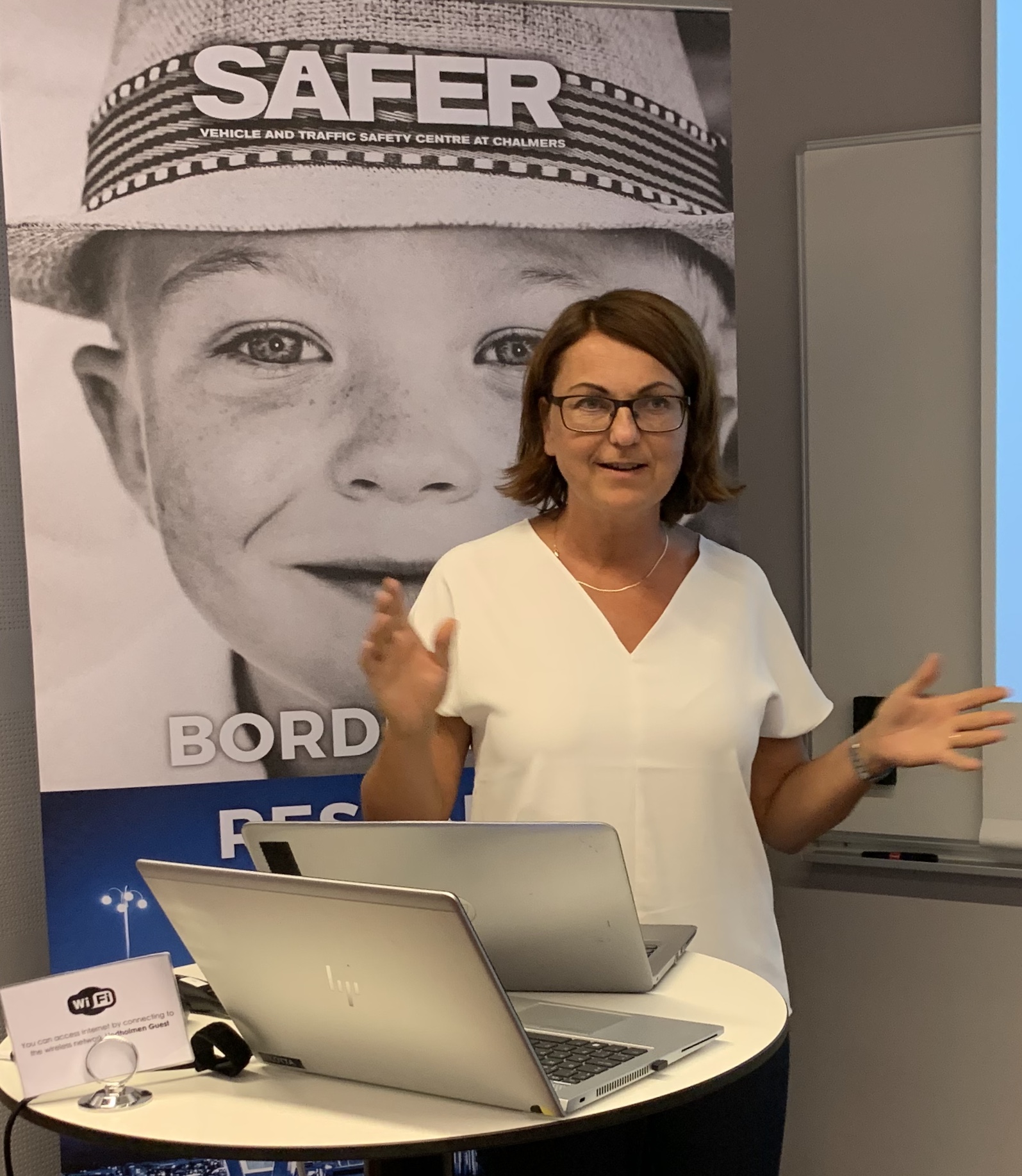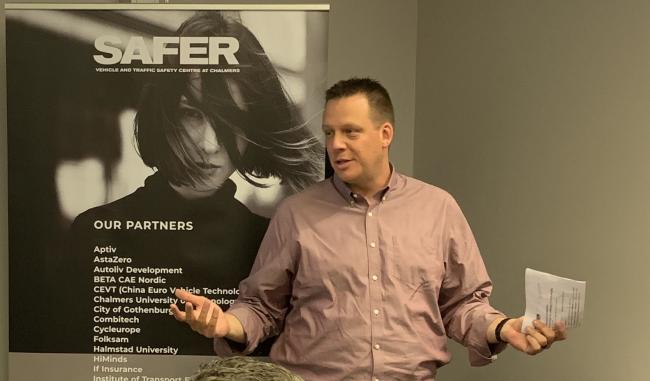Child safety experts gathered at SAFER in Gothenburg to share new insights
On Wednesday September 4 a dozen of invited international researchers gathered at SAFER to discuss and share their state-of-art safety research, discussing future opportunities, with the target to set the future agenda for child occupant protection. A special focus was how to align user expectation and the user experience with optimized safety in the context of automation and changing mobility modes.
New challenges with future seating positions
In the future, cars will increasingly become more and more automated, which open opportunities for the car's seats to be placed in other ways, such as facing each other or on the diagonal. To ensure that children travel safely in various vehicle configurations, more research is needed. Katarina Bohman, one of Volvo Cars’ child safety specialists, says that more knowledge is needed to understand occupant protection in these types of vehicle. Self-driving cars will also expose the occupants for a higher likely hood of pre-crash dynamics, calling for development of tools and methods to include this into the safety evaluation. Future cars will likely also to a higher degree encompass new kind of car ownership and mobility, e.g. car sharing pools. These new ways of travelling will increase the need of easy-to-use restraints even further, since they will be moved around more often and will be used in many different cars.
Multidisciplinary research is key
The open seminar with 60 participants was followed by a two-day workshop with 12 invited multidisciplinary international researchers and the project team at SAFER from Autoliv, Chalmers and Volvo Cars. To gather the experts in a seminar and workshop like this in a very efficient way of pushing the child safety agenda forward, says Lotta Jakobsson, one of the SAFER hosts for the event. Starting in 2009, this is the sixth time. Th open seminar is an effective way to spread recent research and to gather input to the area of child occupant protection. For each time it is clear that together we have contributed to research and knowledge building, which actually contributes to safer mobility for children and young adults.
The experts on the seminar concluded that the child safety community need to work together, especially with the challenges in front of us with respect to increased automation and car sharing. For safe transportation, the car manufacturer, the child restraint manufacturer, researchers and the regulatory systems need to be developed hand in hand. And as always, children are not smaller versions of adults; they require other protection systems.
Presentations
The presentation from the event are available in the links below.


